Laki tekstovi


There are two contrasted kinds of genius, the poetical and the philosophical; or, to speak yet more generally, the artistic and the critical. The former is distinguished by a concrete, the latter by an abstract, imagination. The former sees things synthetically, in all their natural complexity; the latter pulls things to pieces analytically and scrutinizes their relations. The former sees a tree in all its glory, where the latter sees an exogen with a pair of cotyledons. The former sees wholes, where the latter sees aggregates.

The atmosphere forms a gaseous, protective envelope around Earth. It protects the planet from the cold of space, from harmful ultraviolet light, and from all but the largest meteors. After traveling over 93 million miles, solar energy strikes the atmosphere and Earth’s surface, warming the planet and creating what is known as the biosphere, the region of Earth capable of sustaining life. Solar radiation in combination with the planet’s rotation causes the atmosphere to circulate. Atmospheric circulation is one important reason that life on Earth can exist at higher latitudes because equatorial heat is transported poleward, moderating the climate.
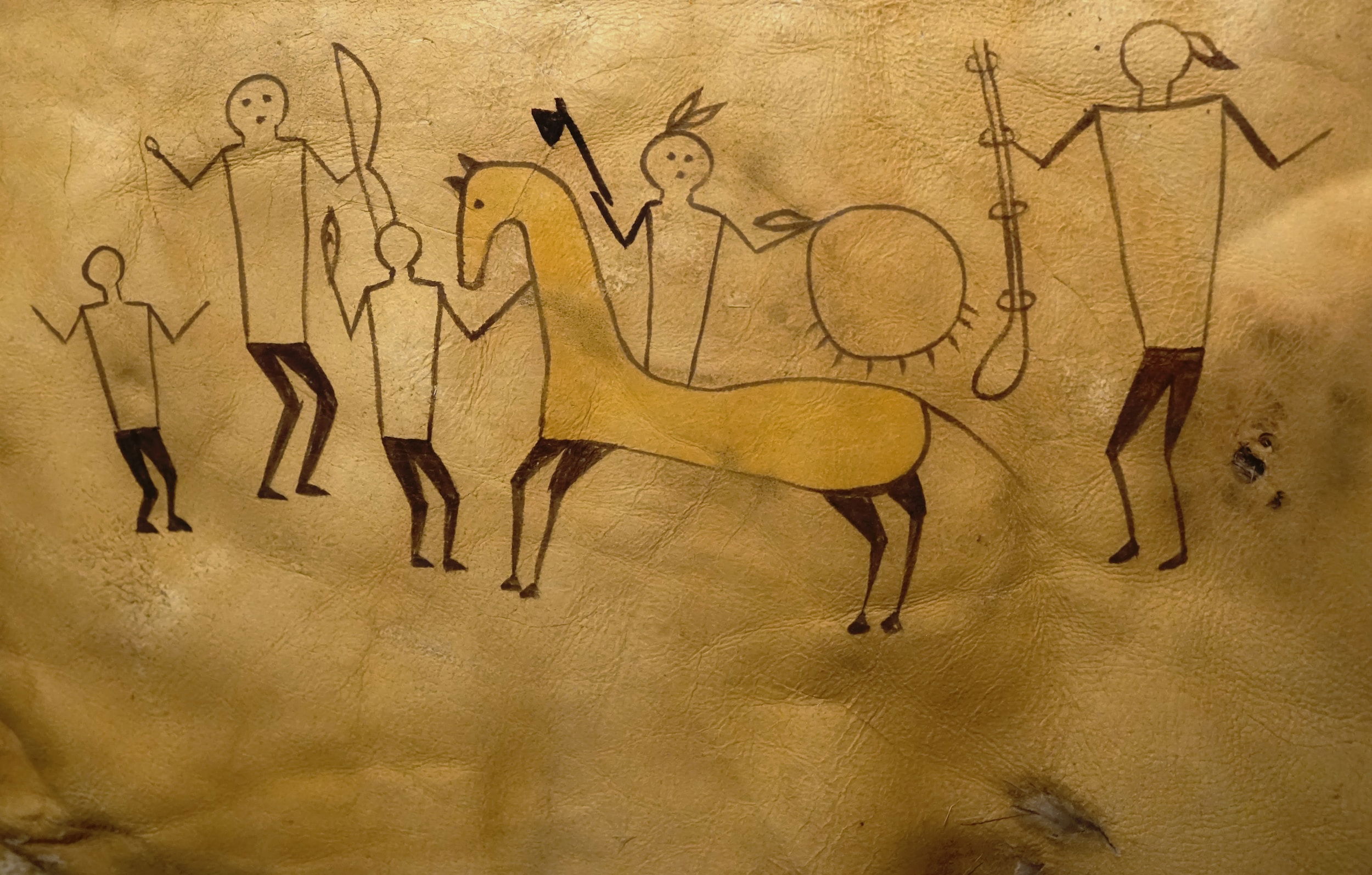
Pictographs, also called pictograms, are diagrams that show and compare data by using picture symbols. Each of these symbols corresponds to a specific quantity and is repeated a number of times. The media often uses pictographs to compare trends; in a magazine, you may see a pictograph comparing the number of nurses in the different counties of Texas. In this case, tiny human figures may represent the nurses, with each figure symbolizing 50 nurses, for instance. Schools use them, as well, in order to train students in mathematics and other subjects in an enjoyable way. Elementary level students often encounter pictographs in their textbooks.

An upsurge of new research suggests that animals have a much higher level of brainpower than previously thought. If animals do have intelligence, how do scientists measure it? Before defining animals’ intelligence, scientists defined what is not intelligence. Instinct is not intelligence. It is a skill programmed into an animal’s brain by its genetic heritage. Rote conditioning is also not intelligence. Tricks can be learned by repetition, but no real thinking is involved. Cuing, in which animals learn to do or not to do certain things by following outside signals, does not demonstrate intelligence. Scientists believe that insight, the ability to use tools, and communication using human language are all effective measures of the mental ability of animals.

Fair trade is a term for an arrangement designed to help producers in developing countries achieve sustainable and equitable trade relationships. The fair trade movement combines the payment of higher prices to exporters with improved social and environmental standards. The movement focuses in particular on commodities, or products that are typically exported from developing countries to developed countries but are also used in domestic markets (e.g., Brazil, the United Kingdom and Bangladesh), most notably for handicrafts, coffee, cocoa, wine, sugar, fruit, flowers and gold.time.

Light pollution is a growing problem worldwide. Like other forms of pollution, light pollution degrades the quality of the environment. Where it was once possible to look up at the night sky and see thousands of twinkling stars in the inky blackness, one now sees little more than the yellow glare of urban sky-glow. When we lose the ability to connect visually with the vastness of the universe by looking up at the night sky, we lose our connection with something profoundly important to the human spirit, our sense of wonder.

The blues—a neologism attributed to the American writer Washington Irving (author of The Legend of Sleepy Hollow) in 1807—evolved from African American folk music. Its beginnings can be traced to songs sung in the fields and around slave quarters on southern plantations, songs of pain and suffering, of injustice, of longing for a better life. A fundamental principle of the blues, however, is that the music be cathartic. Listening to the blues will drive the blues away; it is music that has the power to overcome sadness. Thus, “the blues” is something of a misnomer, for the music is moving but not melancholy; it is,in fact, music born of hope, not despair.

Although it is called Central Park, New York City’s great green space has no “center”—no formal walkway down the middle of the park, no central monument or body of water, no single orienting feature. The paths wind, the landscape constantly shifts and changes, the sections spill into one another in a seemingly random manner. But this “decentering” was precisely the intent of the park’s innovative design. Made to look as natural as possible, Frederick Law Olmsted’s 1858 plan for Central Park had as its main goal the creation of a democratic playground—a place with many centers to reflect the multiplicity of its uses and users. Olmsted designed the park to allow interaction among the various members of society, without giving preference to one group or class. Thus, Olmsted’s ideal of a “commonplace civilization” could be realized

Many laws that were passed in the various states of the United States over the years are now out of date or seem ludicrous. For example, the laws in one state make it illegal for women to expose their ankles and for men to go without their guns. Obviously, these laws are broken daily. With current trends in fashion, every woman who walks down the street or goes to a beach or public swimming pool is committing a crime. While it was once considered of utmost importance that a man be armed and ready for action on the frontier, it is hardly necessary for a man to tote guns to work today. However, a man without a gun is also technically breaking the law.

In the world of birds, bill design is a prime example of evolutionary fine-tuning. Shorebirds such as oystercatchers use their bills to pry open the tightly sealed shells of their prey; hummingbirds have stiletto-like bills to probe the deepest nectar-bearing flowers; and kiwis smell out earthworms thanks to nostrils located at the tip of their beaks. But few birds are more intimately tied to their source of sustenance than are crossbills. Two species of these finches, named for the way the upper and lower parts of their bills cross, rather than meet in the middle, reside in the evergreen forests of North America and feed on the seeds held within the cones of coniferous trees.

Photosynthesis is the process that plants use to convert sunlight into the food that they need to survive and grow. Most plants create some form of sugar from the sunlight, and this sugar is used by the plant as its primary food source. Plants actually need only three things to create this sugar: sunlight, carbon dioxide, and water. The sunlight reacts with the plant’s chlorophyll, a green chemical which is used to convert water and carbon dioxide into sugar. As a general rule, photosynthesis occurs in a plant’s leaves. The leaf contains chlorophyll, which reacts when sunlight strikes the leaf. It is also the chlorophyll which gives the leaf its typical green color, since photosynthesis absorbs most light rays except green, which are reflected outwards. The process of photosynthesis produces more than just sugar, however. One byproduct of the process is oxygen, which is “exhaled” by the plant into the atmosphere. In fact, plant photosynthesis is one of the primary sources of oxygen generation on our planet, making plant life essential to almost all living things on earth.

For centuries, time was measured by the position of the sun with the use of sundials. Noon was recognized when the sun was the highest in the sky, and cities would set their clock by this apparent solar time, even though some cities would often be on a slightly different time. Daylight Saving Time (DST), sometimes called summer time, was instituted to make better use of daylight. Thus, clocks are set forward one hour in the spring to move an hour of daylight from the morning to the evening and then set back one hour in the fall to return to normal daylight. Benjamin Franklin first conceived the idea of daylight saving during his tenure as an American delegate in Paris in 1984 and wrote about it extensively in his essay, “An Economical Project.” It is said that Franklin awoke early one morning and was surprised to see the sunlight at such an hour. Always the economist, Franklin believed the practice of moving the time could save on the use of candlelight, as candles were expensive at the time.

Snake venom is one of the most effective methods of self-preservation in the animal kingdom. It is, essentially, toxic saliva composed of different enzymes that immobilizes prey. One type of toxin, known as a hemotoxin, targets the victim’s circulatory system and muscle tissue. The other is called a neurotoxin, and it affects the nervous system by causing heart failure or breathing difficulties. Although deadly, some snake venoms have been found to have curative properties. In fact, toxinologists, herpetologists, and other scientists have used the venom of a Brazilian snake to develop a class of drugs that is used to treat hypertension.

Mars is a small planet, with about half the diameter of Earth and about one-tenth Earth’s mass. The force of gravity on the surface of Mars is about one-third of that on Earth. Mars has twice the diameter and twice the surface gravity of Earth’s Moon. The surface area of Mars is almost exactly the same as the surface area of the dry land on Earth. The Martian day is about a half an hour longer than an Earth day and is sometimes called a sol. Its year is about two Earth years long. Mars has two moons, Phobos and Deimos, which are named after the dogs of the Roman god Mars. These tiny bodies are heavily cratered dark chunks of rock and may be asteroids captured by the gravitational pull of Mars. Phobos appears to rise in the west and set in the east. Deimos rises in the east and sets in the west.

There are five major reasons why horses are better draft animals than cattle. Unlike in cattle, frontal parts of horses' bodies are heavier than their rears (the ratio is approximately 3:2) and this gives them an advantage in inertial motion. Their unique arrangement of the suspensory ligament and a pair of tendons makes it possible to “lock” their legs without engaging any muscles and hence without any additional energy cost incurred during standing. Horses also grow generally larger and live longer than cattle, and they have greater work endurance. However, their superior strength was efficiently harnessed only with the widespread adoption of the collar harness and iron horseshoes, and their inherent power and endurance became readily available only with better feeding.

The fork, which did not become a standardized item in Europe until the eighteenth century, was almost unheard of in America. With the absence of forks, it can be assumed that colonists used a spoon instead. The knife was probably held in the right hand, generally the preferred hand for manipulating utensils. The spoon would have been held in the left hand with the concave part of the bowl facing downward. In this position, the diner would be more adept at securing a piece of meat against a plate while the cutting took place. Once the meat was cut, the down-turned spoon would not have been suitable for picking up the morsel. Probably the diner would have put the knife down and shifted the spoon to the right hand. This action would bring the spoon into the correct position for scooping up the bite of food. This practice of shifting utensils back and forth between hands continued when the fork made its way to America and replaced the spoon as the tool to secure the food being cut. The fork kept the food against the plate more adequately, and its curving tines served the same function as the bowl of the spoon. The custom of shifting the fork from the left hand to the right was no longer necessary, but people continued to use the style that they were used to. This American style of handling eating utensils persists to this day.

Businesses today routinely keep track of large amounts of both financial and non-financial information. Sales departments keep track of current and potential customers; marketing departments keep track of product details and regional demographics; accounting departments keep track of financial data and issue reports. To be useful, all this data must be organized into a meaningful and useful system. Such a system is called a management information system, abbreviated MIS. The financial hub of the MIS is accounting. Accounting is the information system that records, analyzes, and reports economic transactions, enabling decision makers to make informed choices when allocating scarce economic resources. It is a tool that enables the user, whether a business entity or an individual, to make wiser, more informed economic choices. It is an aid to planning, controlling, and evaluating a broad range of activities. A financial accounting system is intended for use by both the management of an organization and those outside the organization. Because it is important that financial accounting reports be interpreted correctly, financial accounting is subject to a set of stringent guidelines called “generally accepted accounting principles” (GAAP).
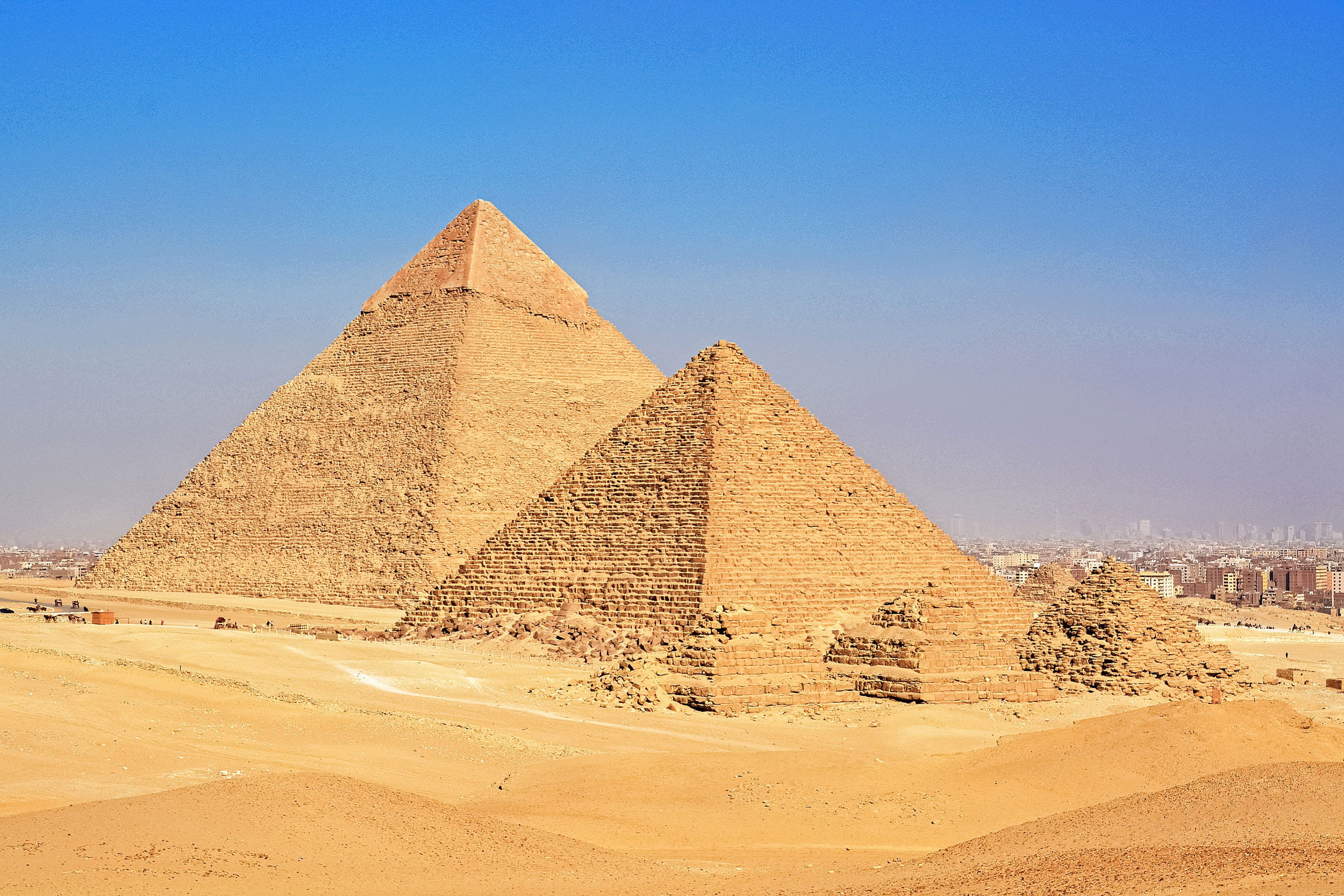
Despite their similarities, the pyramids of Egypt and Mesoamerica seem to be unrelated because of distinct differences in the time of construction as well as their design and function. Historians have discovered that the construction of the pyramids in Egypt and Mesoamerica are separated by over 2,000 years. The Egyptians used only cut stone quarried many miles away from the pyramid sites—a construction method that enabled them to construct sturdy buildings that could withstand the test of time. On the other hand, the pyramids of Mesoamerica were not built to withstand the ravages of time. Rather, the step pyramids rose in tiers, on the top of which a small temple was erected. Unlike the Egyptians, they used irregular stones.

Arteries of the heart blocked by plaque can reduce the flow of blood to the heart possibly resulting in heart attack or death. Plaque is actually fat and cholesterol that accumulates on the inside of the arteries. The arteries of the heart are small and can be blocked by such accumulations. There is a medical procedure that creates more space in the blocked artery by inserting and inflating a tiny balloon into the blood vessel. It is called coronary balloon angioplasty. Angioplasty means “blood vessel repair.” When the balloon is inflated, it compresses the plaque against the wall of the artery, creating more space and improving the flow of blood.

There are many ways to tell a story. Some stories start in the middle and flash backward to the beginning; a few start at the end and tell the story in reverse. In media res is a technique in which the author begins a story in the thick of a conflict or the middle of the story and then flashes back to the key events leading up to the present situation or conflict. The difference between a flashback and simply remembering a past event is that in a flashback a character is actually viewed reliving the past event as if it were occurring in the present. Most of the time, however, stories start at the beginning. Writers often begin with what happened first and then tell what happened next, and next, and so on, until the end. When writers tell a story in this order, from beginning to end in the order in which things happened, they are telling it in chronological order. Chronology is the arrangement of events in the order in which they occurred.

Manatee is common name for each of three species of a large walrus-like water mammal popularly called a sea cow. This mammal grazes on marine grasses and other water plants. They live in small family groups, although they occasionally travel in herds of fifteen to twenty. Manatees are characterized by two front flippers and bristly muzzle hairs. These portly marine mammals can grow to four meters in length, weigh up to a metric ton, and consume about 45 kg of seaweed a day. They inhabit sea grassbeds in shallow inlets along the Gulf and Atlantic coasts and have the distinction of being designated Florida's state marine mammal. Manatees die because of red tides, habitat destructions, and collisions with boats.

Most reality TV shows center on two common motivators: fame and money. The shows transform waitresses, hairdressers, investment bankers, counselors, and teachers, to name a few, from obscure figures to household names. A lucky few successfully parlay their 15 minutes of fame into celebrity. Even if you are not interested in fame, you can probably understand the desire for lots of money. Watching people eat large insects, reveal their innermost thoughts to millions of viewers, and allow themselves to be filmed 24 hours a day for a huge financial reward makes for interesting entertainment. Whatever their attraction, these shows are among the most popular on television, and every season, they proliferate like weeds in an untended garden. The networks are quickly replacing more traditional dramas and comedies with reality TV programs, which earn millions in advertising revenue.
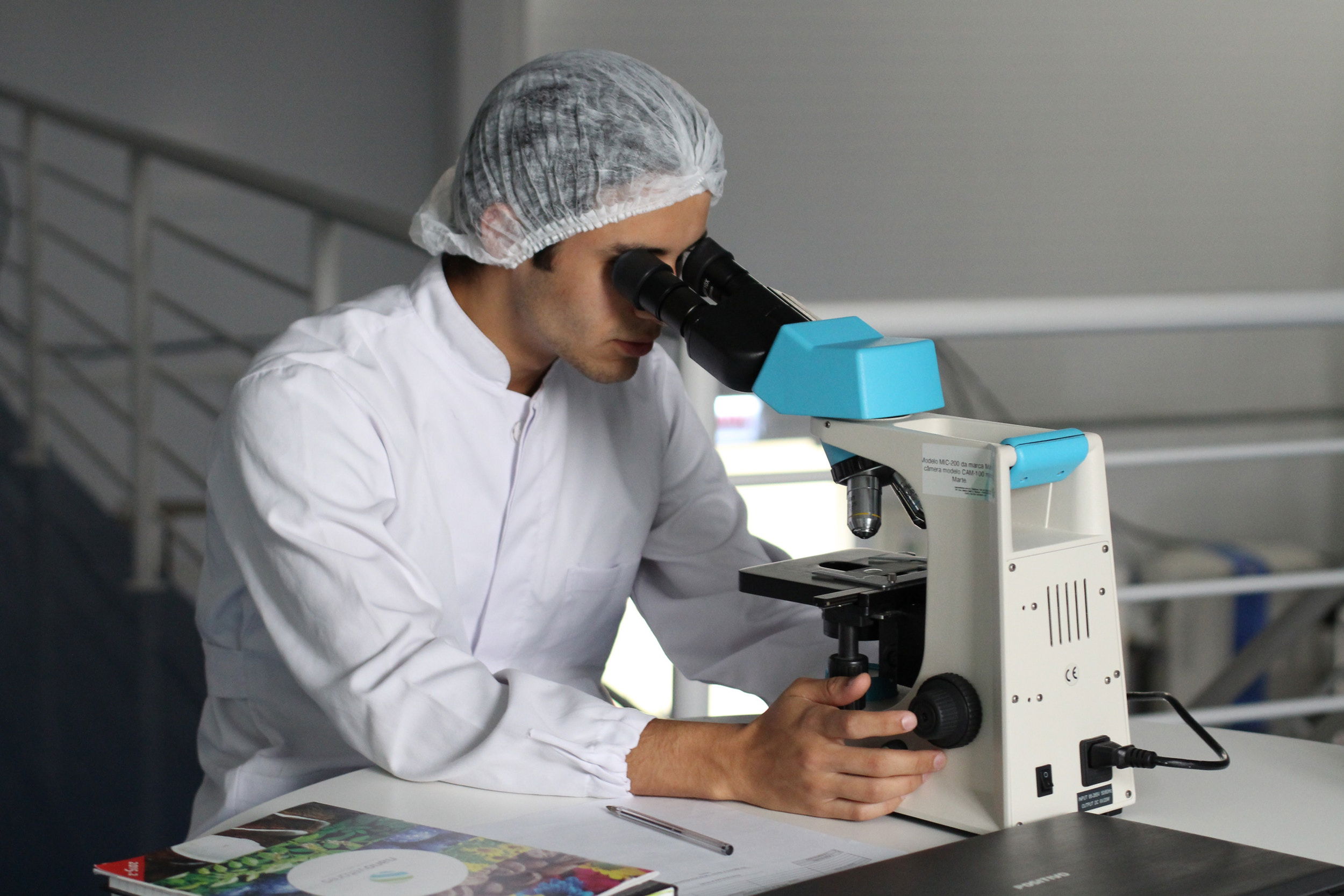
Acquired Immunodeficiency Syndrome (AIDS) is a human viral disease that ravages the immune system, undermining the body’s ability to defend itself from infection and disease. Caused by the human immunodeficiency virus (HIV), AIDS leaves an infected person vulnerable to opportunistic infections and rare cancers. Opportunistic infections are harmless in healthy people, but in those whose immune systems have been greatly weakened, they tax the weakened immune system, and prove fatal. Although there is no cure for AIDS, new drugs are available that can prolong the life spans and improve the quality of life of infected people. Infection with HIV does not necessarily mean that a person has AIDS. Some people who have HIV infection may not develop any of the clinical illnesses that define the full-blown disease of AIDS for ten years or more. Physicians prefer to use the term AIDS for cases where a person has reached the final, life-threatening stage of HIV infection.

Several hundred million years ago, plants similar to modern ferns covered vast stretches of the land. Some were as large as trees, with giant fronds bunched at the top of trunks as straight as pillars. Others were the size of bushes and formed thickets of undergrowth. Still others lived in the shade of giant club mosses and horsetails along the edges of swampy lagoons where giant amphibians swam. A great number of these plants were true ferns, reproducing themselves without fruits or seeds. Others had only the appearance of ferns. Their leaves had organs of sexual reproduction and produced seeds. Although their "flowers" did not have corollas these false ferns (today completely extinct) ushered in the era of flowering plants. Traces of these flora of the earliest times have been preserved in the form of fossils. Such traces are most commonly found in shale and sandstone rocks wedged between coalbeds. Today only tropical forests bear living proof of the ancient greatness of ferns. The species that grow there are no longer those of the Carboniferous period, but their variety and vast numbers, and the great size of some, remind us of the time when ferns ruled the plant kingdom.

The conservatism of the early English colonists in North America, their strong attachment to the English way of doing things, would play a major part in the furniture that was made in New England. The very tools that the first New England furnituremakers used were, after all, not much different from those used for centuries – even millennia: basic hammers, saws, chisels, planes, augers, compasses, and measures. These were the tools used more or less by all people who worked with wood: carpenters, barrel makers, and shipwrights. At most the furniture makers might have had planes with special edges or more delicate chisels, but there could not have been much specialization in the early years of the colonies.
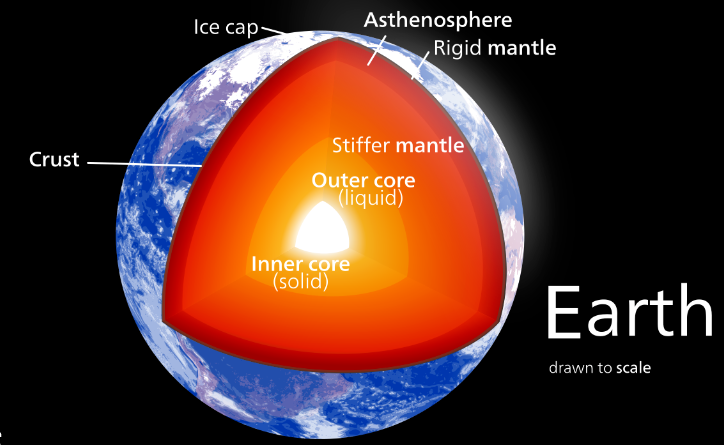
The dividing line between the Earth's mantle and crust is called the Moho, which is short for Mohorovicic discontinuity and is named after the scientist who discovered it. The mantle is the region of the Earth that extends from the outer edge of the core almost to the surface; it is 2,900 kilometers thick and encompasses about 84 percent of the total volume of the Earth. The crust, on the other hand, is the thin outer layer of the Earth. The term Moho is used to indicate where the mantle ends and the crust begins. Using the reflection of seismic waves at thousands of different locations, scientists have been able to draw some interesting conclusions about the Moho. First of all, the crust is very thin, averaging only about 15 to 20 kilometers in thickness, compared with tens of thousands of kilometers in width. In addition, the Moho varies to a considerable degree in depth and is deepest below the highest mountain ranges and shallower below regions with lower surface elevations. The Moho reaches depths of about 70 kilometers beneath massive mountain ranges, approximately 40 kilometers beneath average continental regions, and only 6 kilometers beneath the ocean floor.
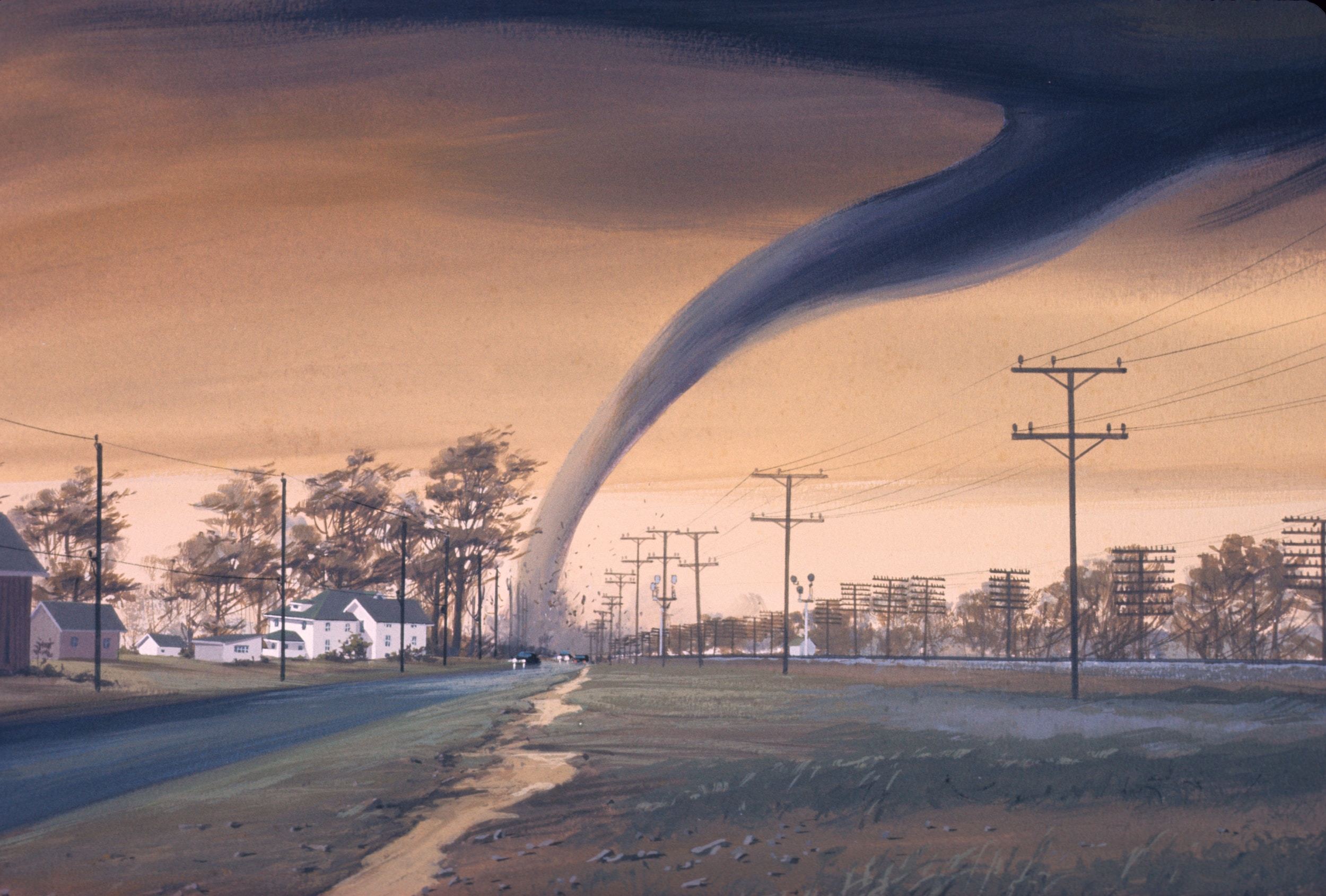
A tornado is created when warm, moist air rises from the ground and comes into contact with a mass of colder air at the bottom of a thundercloud. The rising air pushes against the colder air, and the rotation of the earth causes the air to spin, in much the same way that water in a sink spins as it goes down a drain. The pressure at the center of a tornado is much lower than that in the air surrounding the tornado. The low pressure creates a funnel in the middle of the tornado, which causes destruction by acting much like a vacuum cleaner and sucking up whatever is in its path.
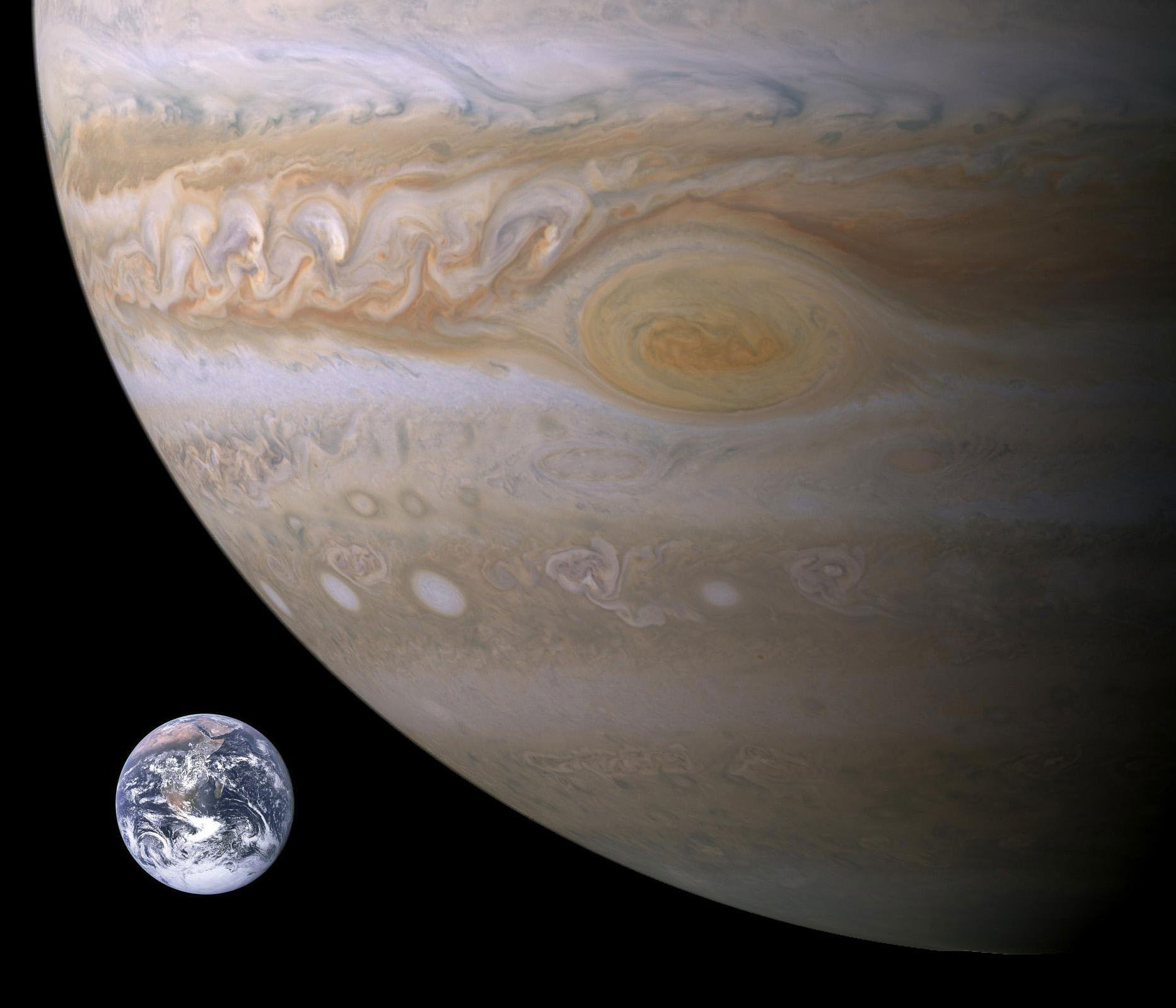
One distinctive feature of the planet Jupiter is the Great Red Spot, a massive oval of swirling reddish-brown clouds. Were Earth to be juxtaposed with the Great Red Spot, our planet would be dwarfed in comparison, with a diameter less than half that of the Great Red Spot. The Spot's clouds, most likely tinted red as a result of the phosphorus that they contain, circulate in a counterclockwise direction. The outer winds require six Earth days to complete the circumference of the Great Red Spot, a length of time indicative of the vastness of the Great Red Spot.

The origins of the game of chess are not known with certainty, and traditional stories in a number of cultures claim credit for developing the game. One legend claims that chess was invented during the Trojan Wars. According to another legend, chess was developed to depict the battle between two royal brothers for the crown of Persia. In a third legend, chess was the creation of the mythical Arab philosopher Sassa. Whatever its origins, chess was known to exist in India as early as 500 s.c., and it eventually spread from India to Persia, where it took on much of the terminology that today is part of the game. Foot soldiers in the Persian army were called piyadah, which became the pawns of today's game, and the Persian chariot was a rukh, which became the rook. The Persian king was the shah, which evolved into the name chess. Shahmat, which means "the king is dead" became the expression checkmate.

A ghost word is a nonexistent word that has made its way into a reference work by mistake. One well-known example of a ghost word is the word Oord, which appeared in a 1934 American dictionary defined as density, as it is used in physics and chemistry. Oord was added to the dictionary when a typesetter who was making entries into the dictionary misread the entry 0 or d and typed it as Oord. In reality, the letter d (or its capitalized version 0) was used to refer to density in physics or chemistry. When the error was discovered, the ghost word Oord was removed from the dictionary. Not all ghost words are recognized as errors, removed from reference works, and forgotten. One example of a well-established, ghost word is the word syllabus. The Roman writer Cicero had correctly used the Latin word sittabus in his writings to refer to the title and author label on a manuscript. In a 1470 edition of Cicero's works, sittabus was miswritten as syllabus; the miswritten ghost word syllabus has now achieved status as a commonly used word referring to an outline of the contents of a course .

Many people are quite familiar with rainbows, but few are as familiar with moonbows. Rainbows are caused by sunlight hitting raindrops and bouncing back. You can see a rainbow when the Sun low in the sky behind you and it is raining ahead of you. Light from the Sun reflects off the inside surfaces of raindrops and is bentas it travels through them. It appears as a band of colors because each of the colors in sunlight is bent to a different angle. Moonbows are far less common than are rainbows, but they are formed in much the same way. They require a very specific set of circumstances to occur. When they do occur, they occur just after a full Moon, a Moon at its brightest, has risen in the east and just after the Sun has set in the west, and it must also be raining in the west. In this situation, a moonbow may be visible to you if you are facing west and if the Moon is behind you. Light from the bright Moon reflects off the inside surfaces of the raindrops in the west and bends the colors to create a moonbow
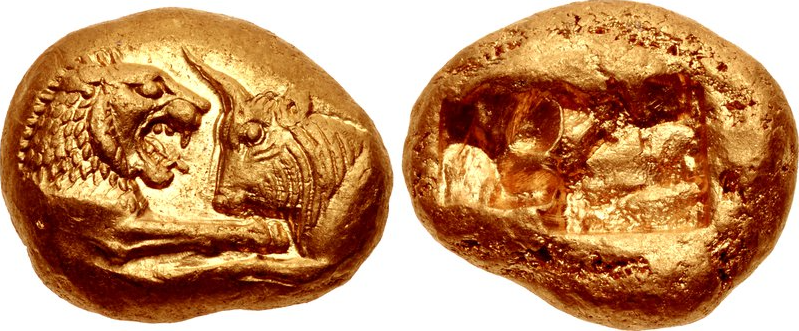
Long before coins were invented, metals such as gold, silver, copper, and bronze were used as a medium of exchange for trade. However, each piece of metal had to be weighed each time it was used in trade to establish its value. The Lydians of western Anatolia were the first to begin producing metal coins in standard weights, the seventh century B.c., impressing a seal into the coin to indicate its value. One such coin minted during the time of Lydian King Croesus, who ruled from 560 B.c. to 546 B.C., has been recovered by archeologists; this coin is imprinted with the heads and forelegs of two animals, a bull and a lion, who are facing each other. It was not until 525 B.c. that coins with images on both sides came into being.

New Zealand is a small country of four million inhabitants, a long-haul flight from all the major tourist-generating markets of the world. Tourism currently makes up 9% of the country’s gross domestic product, and is the country’s largest export sector. Unlike other export sectors, which make products and then sell them overseas, tourism brings its customers to New Zealand. The product is the country itself – the people, the places and the experiences. In 1999, Tourism New Zealand launched a campaign to communicate a new brand position to the world. The campaign focused on New Zealand’s scenic beauty, exhilarating outdoor activities and authentic Maori culture, and it made New Zealand one of the strongest national brands in the world.
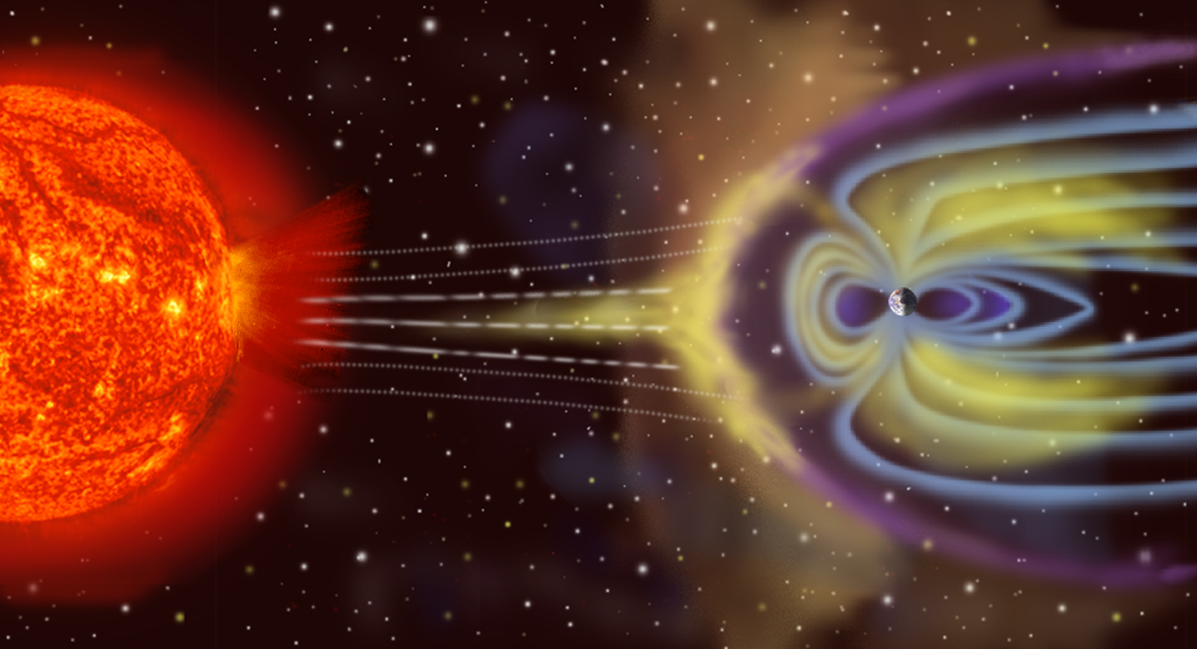
The magnetosphere is the region of space in which Earth's magnetic field, which is due to currents in Earth's iron rich core, is dominant. Rather than having a spherical shape around Earth, the magnetosphere has the look of a teardrop, with a tail pointing away from the Sun. On Earth's sunward side, solar winds serve to compress the magnetosphere, while on Earth's opposite side, interaction with the solar wind draws the magnetosphere into a tail that extends well beyond the orbit of the Moon. Earth has a relatively strong magnetic field, at least in comparison to the other inner planets. Mercury and Venus have no detectable magnetic field, and if Mars has one, it is extremely weak. In this respect, Earth is quite dissimilar to the other inner planets.

At the Constitutional Convention of 1787, numerous plans for the structure of the legislative branch of government were proposed and debated extensively. There was a great amount of disagreement over how the legislature should be structured, with the greatest amount of discord arising between the smaller states and the larger states. The smaller and less populous states wanted all states to be represented equally in the legislature, while the larger and more populous states favored representation according to population. The final decision reached at the convention, which has come to be known as the Great Compromise, was to create a bicameral legislature with a Senate and a House of Representatives: each state was given two senators so that the Senate would reflect the will of each state equally, and seats were to be apportioned to the House of Representatives according to population so that larger states would have a stronger voice in the House.

Although all art is inherently public—created in order to convey an idea or emotion to others—“public art,” as opposed to art that is sequestered in museums and galleries, is art specifically designed for a public arena where the art will be encountered by people in their normal day-to-day activities. Public art can be purely ornamental or highly functional; it can be as subtle as a decorative door knob or as conspicuous as the Chicago Picasso. It is also an essential element of effective urban design.
The more obvious forms of public art include monuments, sculptures, fountains, murals, and gardens. But public art also takes the form of ornamental benches or street lights, decorative manhole covers, and mosaics on trash bins. Many city dwellers would be surprised to discover just how much public art is really around them and how much art they have passed by without noticing, and how much impact public art has on their day-to-day lives.
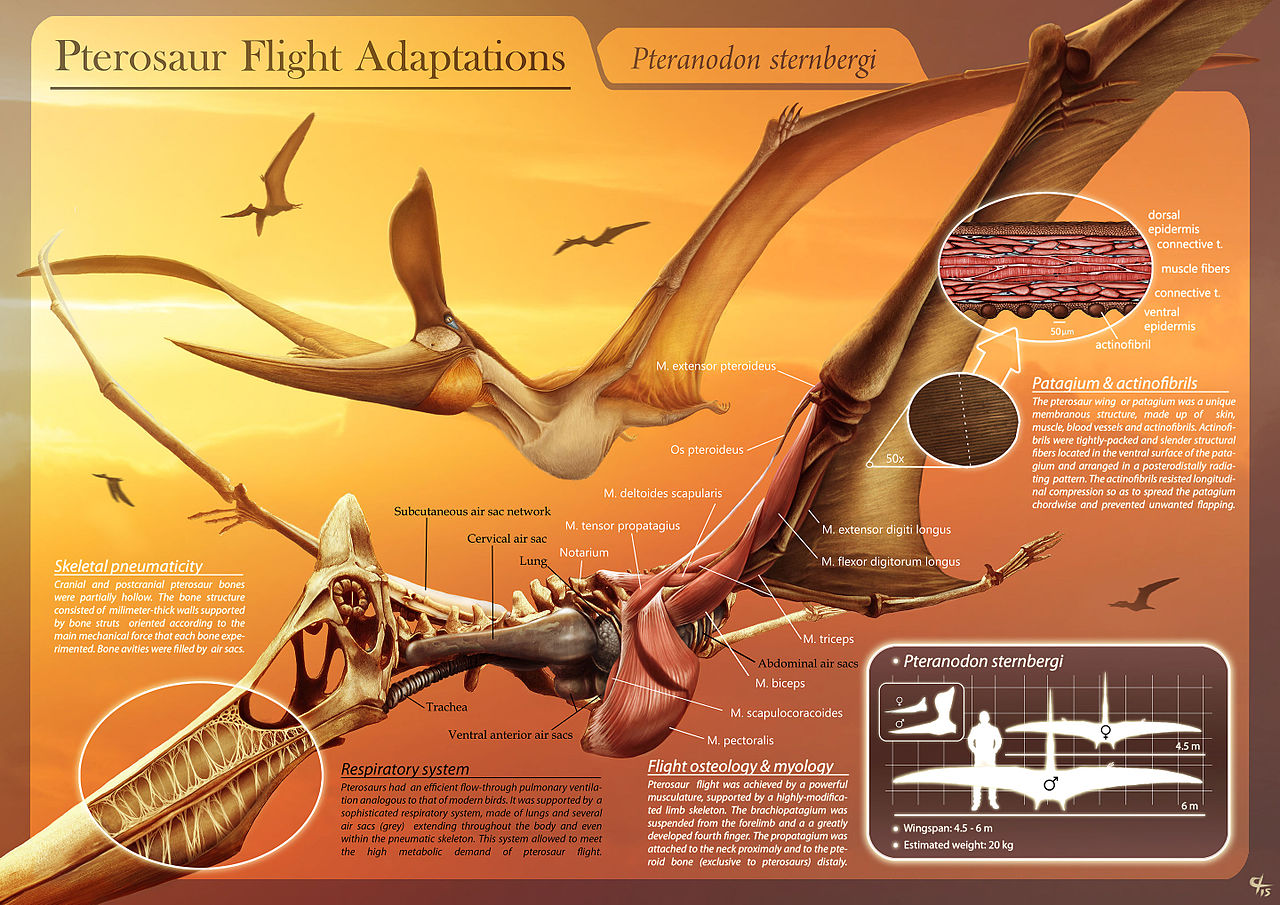
The largest flying reptiles ever to exist were the pterosaurs. These close relatives of dinosaurs, with lightweight frames of hollow bone, could have wingspans up to 40 feet (12 m) and could weigh up to 220 pounds (1 00 kg). There are two kinds of pterosaurs. The earlier of the two were the long-tailed and short-headed rhamphorhynchoids, which first appeared in the Triassic period and had become extinct by the end of the Jurassic period. The short-tailed and long-headed pterodactyloids appeared shortly before the rhamphorhynchoids disappeared and survived until the end of the Cretaceous period.
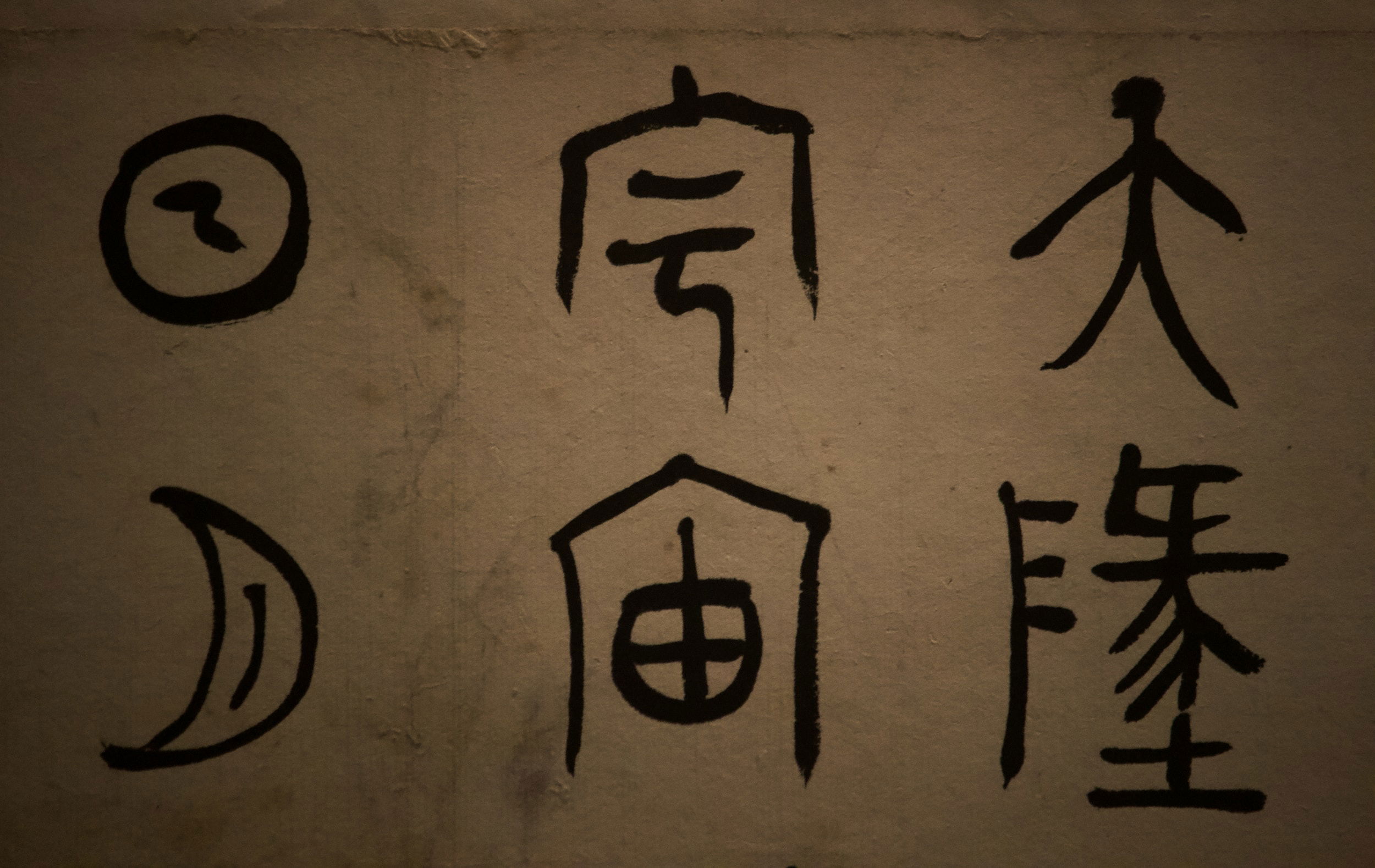
The Sapir-Whorf hypothesis is based on the idea that people experience their world through their language, and that they therefore understand their world through the culture embedded in their language. The hypothesis, which has also been called linguistic relativity, states that language shapes thought. Studies have shown, for instance, that unless people have access to the word “ambivalent,” they don’t recognize an experience of uncertainty due to conflicting positive and negative feelings about one issue. Essentially, the hypothesis argues, if a person can’t describe the experience, the person is not having the experience.

Cream is a dairy product composed of the higher-fat layer skimmed from the top of milk before homogenization. In un-homogenized milk, the fat, which is less dense, eventually rises to the top. In the industrial production of cream, this process is accelerated by using centrifuges called "separators". In many countries, it is sold in several grades depending on the total butterfat content. It can be dried to a powder for shipment to distant markets, and contains high levels of saturated fat. Cream skimmed from milk may be called "sweet cream" to distinguish it from cream skimmed from whey, a by-product of cheese-making. Whey cream has a lower fat content and tastes more salty, tangy, and "cheesy". In many countries partially fermented cream is also sold: sour cream, crème fraîche, and so on. Both forms have many culinary uses in both sweet and savoury dishes.

Rail transportations is one of the way of transferring passengers and goods on wheeled vehicles running on rails. People choose this way of transportation because it is very comfortable, secure and cheap. As everything else, rail infrastructure are evolved during the time and it still developing. Its the long way from the first type of railway to the modern railway. The first trains was used in Ancient Greece, when people used wodden carts pulled by oxen ran in grooves in stone road. In 16th century wooden rails and wodden wagons was used in coal mines. The modern train transportation started in 18th century with the invention of steam locomotive. Finally, the electric railway, in the form that we know them, started in the 19th century. Today, the railways are still developing. In modern world the time and comfort are really valuable so nowadays engineers are trying to make rail transportation more comfortable and faster. For that purpose, in 20th century engineers are developed high speed railways. High-speed rail is a type of rail transport that runs more then 200 km/h, significantly faster than traditional rail traffic.

The most powerful source of energy in our space is our sun. Sunlight energy that falls in the USA in one single day is more than energy that USA uses for all year. That is the reason why lot of people started to use solar energy. California state is a major supporter of solar energy. Lots of residents of Sacramento, capitol city of California, already have been using solar energy. Also, many of new buildings in Sacramento are equipped with solar cells and solar panels. This system allows people not just to save money because they use their own energy, but also to earn money. Everyone who produce extra power have opportunity to sell it back to the utility company. Except these personal solar panels, In California’s Mojave Desert there is a huge solar plant. This solar plant generates enough solar power for about half a million houses. Also, another advantages of this plant is low level of pollution.

Today’s shopping mall has as its antecedents historical marketplaces, such as Greek agoras, European piazzas, and Asian bazaars. The purpose of these sites, as with the shopping mall, is both economic and social. People go not only to buy and sell wares, but also to be seen, catch up on news, and be part of the human drama. Both the market place and its descendant the mall might also contain restaurants, banks, theaters, and professional offices. The mall is also the product of the creation of suburbs. Although villages outside of cities have existed since antiquity, it was the technological and transportation advances of the 19th century that gave rise to a conscious exodus of the population away from crowded, industrialized cities toward quieter, more rural towns. Since the suburbs typically have no centralized marketplace, shopping centers or malls were designed to fill the needs of the changing community, providing retail stores and services to an increasing suburban population.
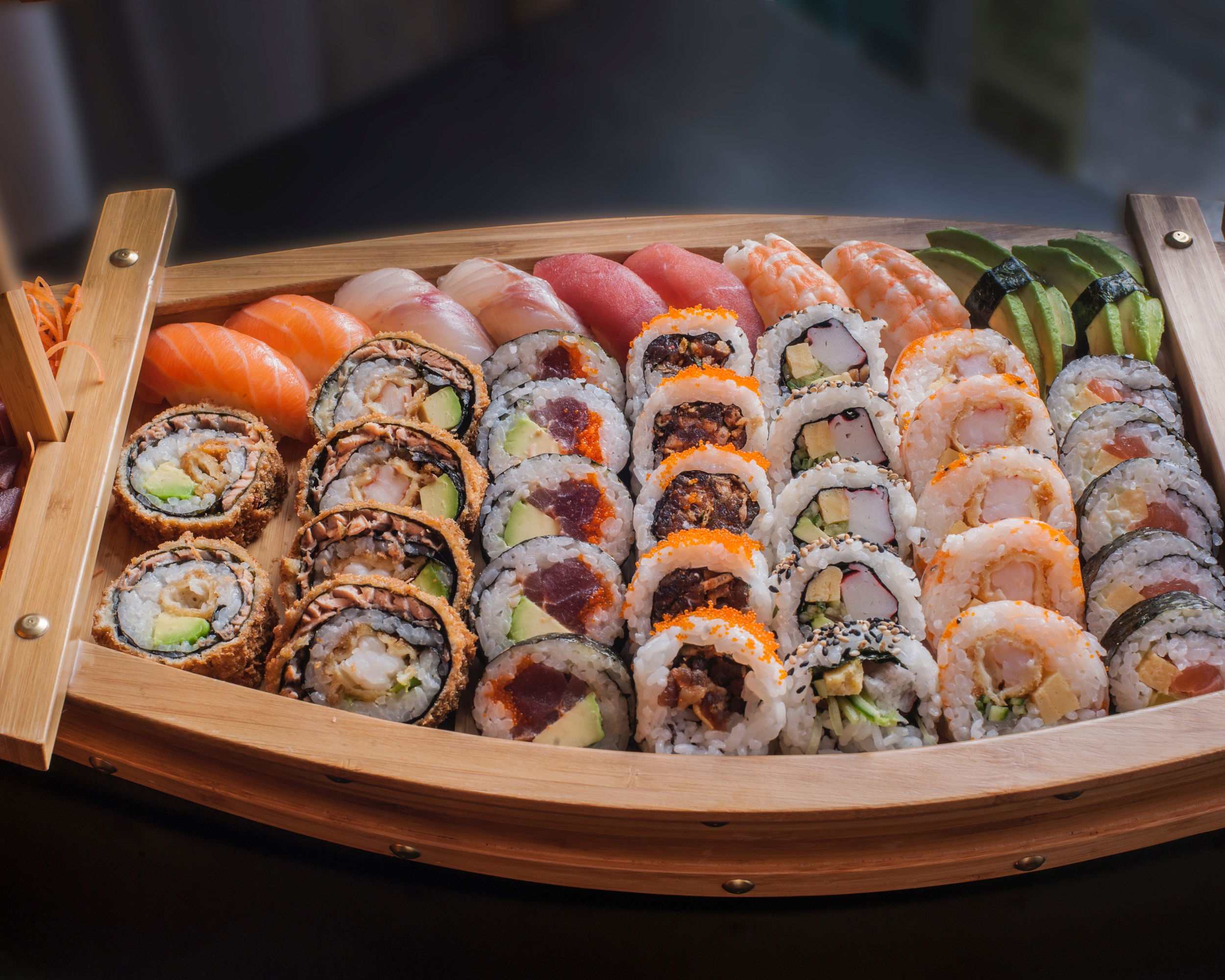
Sushi, the thousand year old Japanese delicacy, was once thought of in this country as unpalatable and too exotic. But tastes have changed, for a number of reasons. Beginning in the 1970s, Americans became increasingly more aware of diet and health issues, and began rejecting their traditional red-meat diets in favor of healthier, lower fat choices such as fish, poultry, whole grains, rice, and vegetables. The way food was prepared began to change, too; rather than frying food, people started opting for broiled, steamed, and raw versions. Sushi, a combination of rice and fish, fit the bill. In addition, that same decade saw Japan become an important global economic force, and companies began flocking to the country to do business. All things Japanese, including décor, clothing, and cuisine, became popular. Sushi started small in the United States, in a handful of restaurants in big cities. But it caught on. Today, sushi consumption in American restaurants is 40% greater than it was in the late 1990s, according to the National Restaurant Association. The concession stands at almost every major league stadium sell sushi, and many colleges and universities offer it in their dining halls. But we’re not just eating it out. The National Sushi Association reports that there are over 5,000 sushi bars in supermarkets, and that number is growing monthly

Communication (from Latin commūnicāre, meaning "to share" ) is the activity of conveying information through the exchange of ideas, feelings, intentions, attitudes, expectations, perceptions or commands, as by speech, gestures, writings, behaviour and possibly by other means such as electromagnetic, chemical or physical phenomena. It is the meaningful exchange of information between two or more participants (machines, organisms or their parts). The communication process is not complete until the receiver understands the meaning of the message sent and gives a feedback. Communication is carried out using a broad spectrum of media, the means through which the message is encoded for transmission to the receiver. The medium used in conveying a message must be appropriate for the purpose it is intended e.g. use of text message to inform client of the death of a loved one will be inappropriate. The medium used must also retain the integrity of the message from when it is sent, to when it is received. The medium used must also be matched to the audience size e.g. in small groups verbal communication with(out) the use of amplifiers will be appropriate, while for large groups, mass media will be deployed. In the Pharmacy, it one-to-one interpersonal communication that is the most commonly used method and this does not require amplifiers but can be enhanced when tone, voice quality, and other media aids like pictograms etc are used.

Tsunami (pronounced “soo-NAH-mee”) waves are larger and faster than normal surface waves. A tsunami wave can travel as fast as a jet plane and can be as tall as a ten-story building. Imagine dropping a stone into a pond. The water on the surface ripples. A tsunami is like a very powerful ripple. Tsunamis begin when the ocean rises or falls very suddenly. Large amounts of seawater are displaced. This movement causes huge waves. For a tsunami to occur, there must be some kind of force that causes the ocean water to become displaced. Most tsunamis are caused by underwater earthquakes. However, volcanoes, landslides, large icebergs, and even meteorites are capable of causing one of these mighty waves. Tsunamis are extremely powerful. Ordinary waves lose power when they break. Tsunami waves can remain powerful for several days. Because tsunami waves are so strong, they can kill people, damage property, and completely ruin an ecosystem in just one hour. Scientists have no way of predicting when a tsunami will hit. However, if a powerful enough earthquake occurs, scientists can issue a warning or a watch. A warning means that a tsunami will very likely hit soon. A watch means that conditions are favorable for a tsunami. When people are notified about a watch or a warning, they have more time to prepare. It is best not to get caught unaware when a tsunami is on the way!
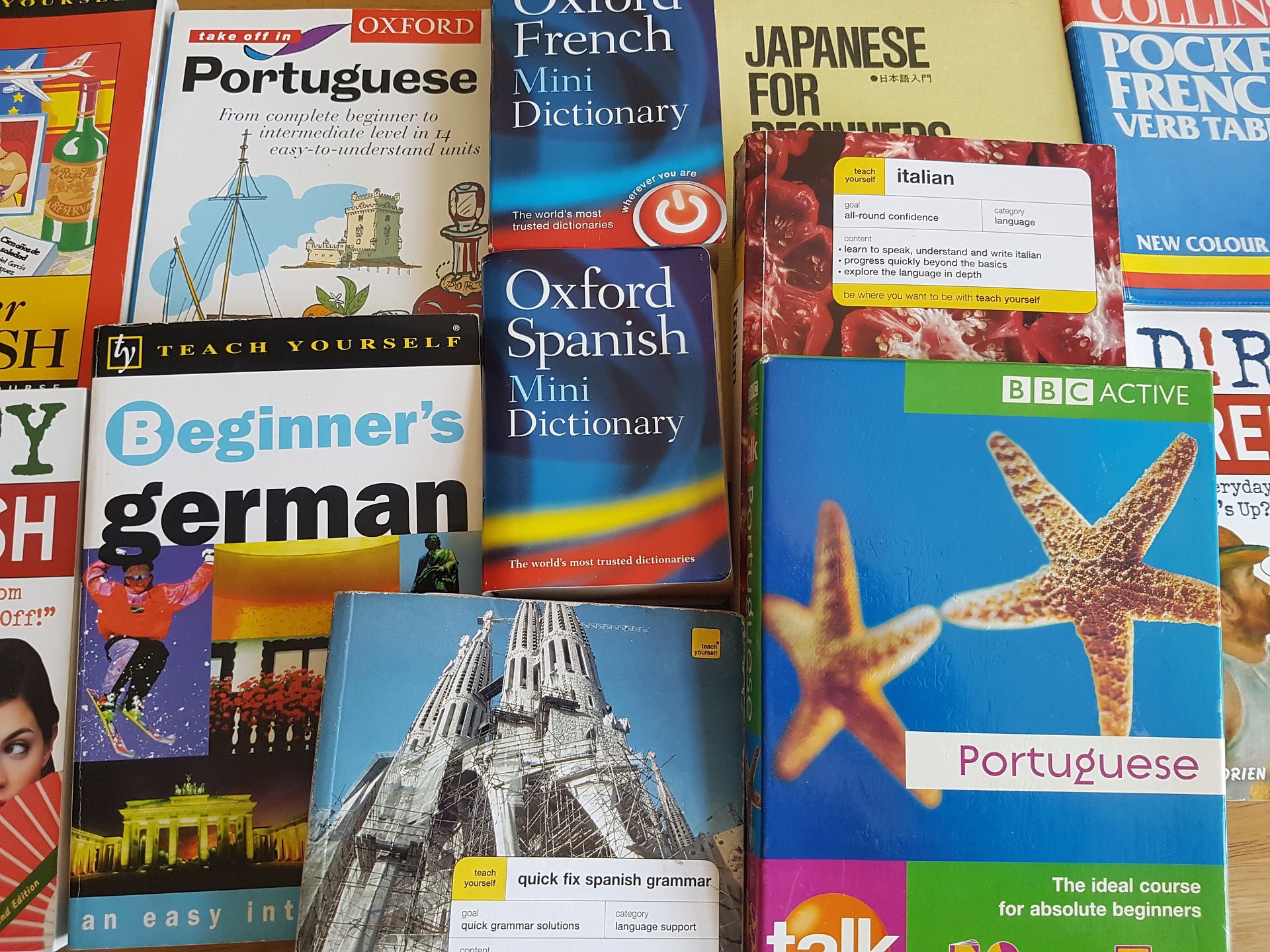
Simply being bilingual does not qualify someone to interpret. Interpreting is not merely a mechanical process of converting one sentence in language A into the same sentence in language B. Rather, it’s a complex art in which thoughts and idioms that have no obvious analogues from tongue to tongue – or words that have multiple meanings – must quickly be transformed in such a way that the message is clearly and accurately expressed to the listener.
There are two kinds of interpreters, simultaneous and consecutive, each required separate talents. The former, sitting in an isolated booth, usually at a large multilingual conference, speaks to listeners wearing headphones, interpreting what a foreign-language speaker says as he says it – actually a sentence behind. Consecutive interpreters are the ones most international negotiators use. They are mainly employed for smaller meetings without sound booths, headphones, and other high-tech gear. Equally taxing in its own way, consecutive interpretation also requires two-person teams. A foreign speaker says his piece while the interpreter, using a special shorthand, takes notes and during a pause, tells the client what was said. Consecutive translation constitutes the basis of both types of interpretation, as it develops the requisite analytical skills.
While 99 percent of the interpreter’s work is done in the simultaneous mode, consecutive translation is used whenever a high degree of accuracy is required
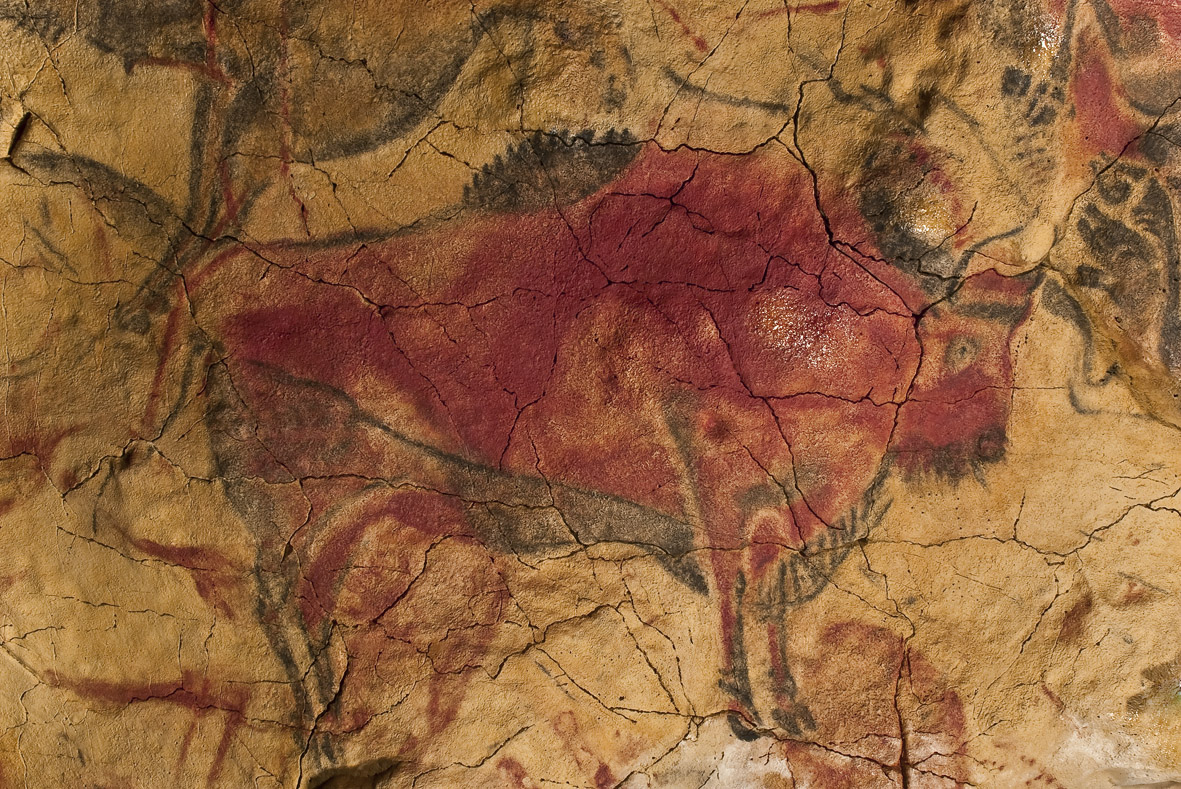
Writing is arguably the most important invention in human history. The opportunity for human knowledge to build on other knowledge is severely limited without the medium thought but also a complexity and scope to human expression that seem barely possible without it. The earliest known artifacts that could be considered writing by the loosest definition are the famous and extraordinarily beautiful 20,000-year-old ’’cave paintings’’ in southern France and northern Spain. The pictures, mostly of animals but with some human figures, possibly tell some sort of story or may merely be pictures with expressive, magical, or religious purpose. Other assorted pictures have been found antedating the rise of the great civilizations of the Near East, but the earliest artifacts that are clearly writing date from about only 5,000 years ago in Mesopotamia.

There are many theories of aging, but virtually all fall into the category of being hypotheses with a minimum of supporting evidence. One viewpoint is that aging occurs as the body’s organ systems become less efficient. Thus failures in the immune system, hormonal system, and nervous system could all produce characteristics that we associate with aging. Following a different vein, many current researchers are looking for evidence at the cellular and subcellular level. It has been shown that cells such as human fibroblasts (generalized tissue cells) grown in culture divide only a limited number of times and then die. (Only cancer cells seem immortal in this respect.) Fibroblast cells from an embryo divide more times than those taken from an adult. Thus some researchers believe that aging occurs at the cellular level and is part of the cell’s genetic makeup. Any event that disturbs the cell’s genetic machinery such as mutation, damaging chemicals in the cell’s environment, or loss of genetic material, could cause cells to lose their ability to divide and thus bring on aging. Other theories of aging look at different processes.
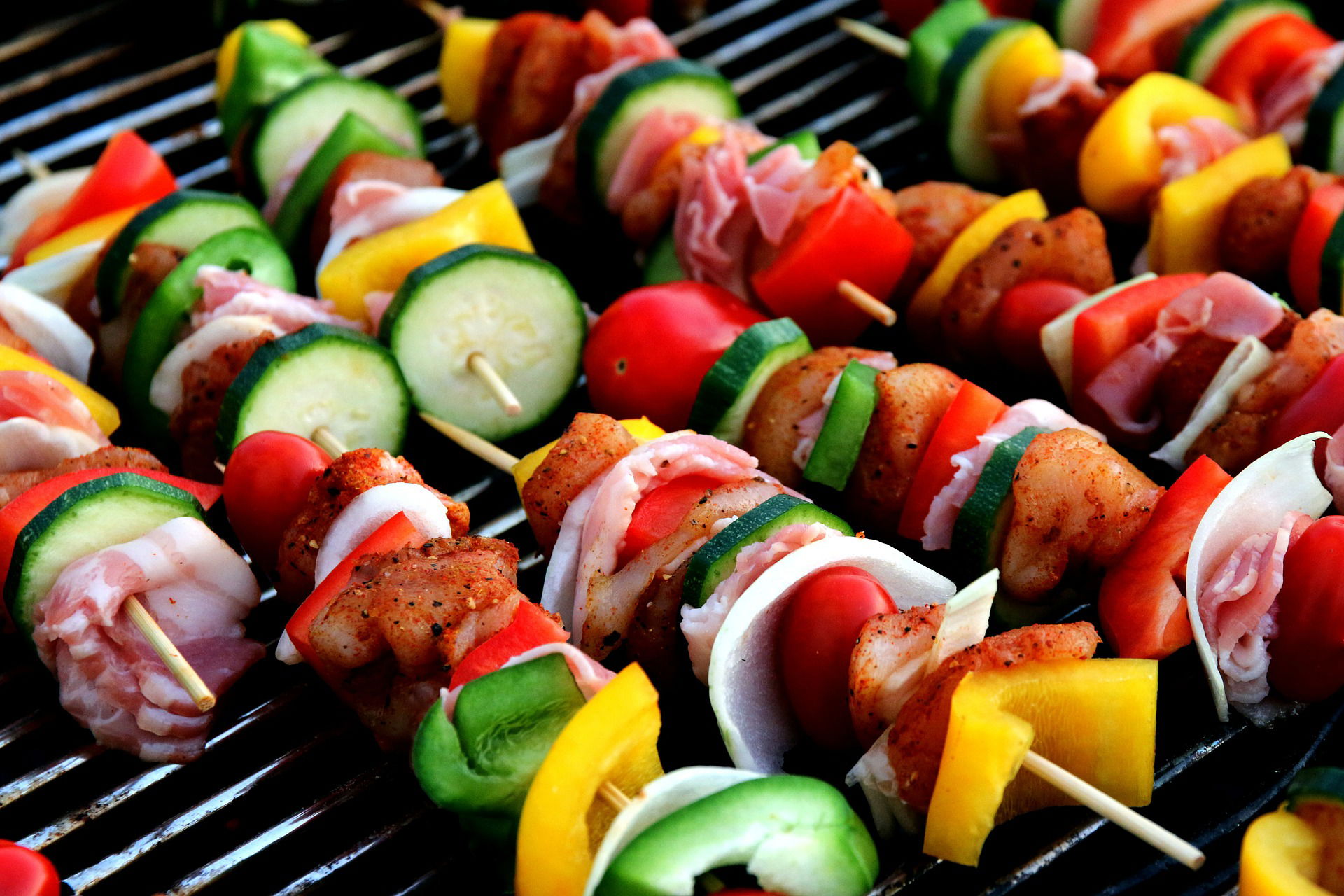
Scientists do not yet thoroughly understand just how the body of an individual becomes sensitive to a substance that is harmless or even wholesome for the average person. Milk, wheat, and egg, for example, rank among the most healthful and widely used foods. Yet these foods can cause persons sensitive to them to suffer greatly. At first, the body of the individual is not harmed by coming into contact with the substance. After a varying interval of time, usually longer than a few weeks, the body becomes sensitive to it, and an allergy has begun to develop. Sometimes it’s hard to figure out If you have a food allergy, since it can show up so many different ways. Your symptoms could be caused by many other problems. You may have rashes, hives, joint pains mimicking arthritis, headaches, irritability, or depression. The most common food allergies are to milk, eggs, seafood, wheat, nuts, seeds, chocolate, oranges, and tomatoes. Many of these allergies will not develop If these foods are not fed to an infant until her or his intestines mature at around seven months. Breast milk also tends to be protective. Migraines can be set off by foods containing tyramine, phenathylamine, monosodium glutamate, or sodium nitrate. Common foods which contain these are chocolate, aged cheeses, sour cream, red wine, pickled herring, chicken livers, avocados, ripe bananas, cured meats, many Oriental and prepared foods (read the labels!). Some people have been successful in treating their migraines with supplements of B-vitamins, particularly B6 and niacin.

Headphones are a pair of small loudspeaker drivers worn on or around the head over a user's ears. They are electroacoustic transducers, which convert an electrical signal to a corresponding sound. Headphones let a single user listen to an audio source privately, in contrast to a loudspeaker, which emits sound into the open air for anyone nearby to hear. Headphones are also known as earphones[1] or, colloquially, cans.[2] Circumaural (around the ear) and supra-aural (over the ear) headphones use a band over the top of the head to hold the drivers in place. Another type, known as earbuds or earpieces,[1] consists of individual units that plug into the user's ear canal. A third type are bone conduction headphones, which typically wrap around the back of the head and rest in front of the ear canal, leaving the ear canal open. In the context of telecommunication, a headset is a combination of a headphone and microphone.

With Covid-19 shots reaching billions of people, reports have grown more common of people getting infected with the coronavirus despite being vaccinated. Just as a natural infection doesn’t guarantee protection from reinfection with the virus, neither does immunization provide a perfect shield. Still, those who have immunity -- either from vaccination or infection -- carry a fraction of the risk of those who have none. So-called breakthrough cases among the immunized are a reminder that as long as the pandemic virus is prevalent in the world, it remains a threat to everyone.

Thirty years ago, most laypeople had never heard of anorexia nervosa or bulimia nervosa. Today, however, awareness and interest are widespread, such that stories about young women with eating disorders make the covers of popular magazines, are highlighted in television news magazines, and are the focus of national efforts aimed at prevention. But eating disorders are not a new phenomenon. The first case of anorexia nervosa was described 300 years ago, and by 1874 the disorder was well described.

The core is the foundation for your movements, enabling mobility in the upper and lower body, directing power efficiently to your limbs, and stabilizing your spine, ribcage, and pelvis against the stress of those movements, or of external forces exerted upon them. The core plays a key role in everyday biological functions. It creates internal pressure within the abdominal cavity, holding the internal organs in place, and helping with the expulsion of air from the lungs and of bodily waste. The core muscles, in particular the transverse abdominis and pelvic floor, are also active during childbirth.

An aircraft is a vehicle or machine that is able to fly by gaining support from the air. It counters the force of gravity by using either static lift or by using the dynamic lift of an airfoil, or in a few cases the downward thrust from jet engines. Common examples of aircraft include airplanes, helicopters, airships (including blimps), gliders, paramotors, and hot air balloons. The human activity that surrounds aircraft is called aviation. The science of aviation, including designing and building aircraft, is called aeronautics. Crewed aircraft are flown by an onboard pilot, but unmanned aerial vehicles may be remotely controlled or self-controlled by onboard computers. Aircraft may be classified by different criteria, such as lift type, aircraft propulsion, usage and others.

An electric car is a car that is propelled by one or more electric motors, using energy stored in rechargeable batteries. Compared to internal combustion engine (ICE) vehicles, electric cars are quieter, have no exhaust emissions, and lower emissions overall. In the United States, as of 2020, the total cost of ownership of recent electric vehicles is cheaper than that of equivalent ICE cars, due to lower fueling and maintenance costs. Charging an electric car can be done at a variety of charging stations; these charging stations can be installed in both houses and public areas. Several countries have established government incentives for plug-in electric vehicles, tax credits, subsidies, and other non-monetary incentives. Several countries have established a phase-out of fossil fuel vehicles, and California, which is one of the largest vehicle markets, has an executive order to ban sales of new gasoline powered vehicles by 2035.

Development of new technologies has really bad influence on people`s jobs. A group of scientist claims that technological changes have been destroying jobs faster than they are creating them. As a result, lack of jobs increases the gap between rich and poor and that is destroying middle class. Also, they claim that technologies boost productivity and give more economical power, but also technological progress is eliminating the need for many types of jobs. The fact that is supporting the scientists claims is that after WW2 The United States was economically growing and that has led to more and more jobs being created as well as companies. This lasted until 2000. At that time, the number of jobs began to decrease due to the technological development. However, it is interesting that the companies continued to grow which led to the more revenues and more money for the owners who became richer and richer.

Crude oil is a naturally occurring, unrefined product that is found beneath the Earth's surface. It is formed over millions of years by the decomposition of organic matter such as plankton and algae, which are buried under sedimentary rocks and subjected to high pressure and temperature. Crude oil is a complex mixture of hydrocarbons, which are compounds made up of carbon and hydrogen atoms. The composition of crude oil varies depending on its source and can contain other substances such as sulfur, nitrogen, and oxygen. Crude oil is one of the most important natural resources in the world and is used to produce a wide range of products, including gasoline, diesel fuel, jet fuel, lubricants, and plastics. The process of refining crude oil involves separating and purifying the different components of the crude oil mixture to produce these products.

Rawhide is dried animal skin that hasn't been treated and turned into leather. Lampshades and drum heads are sometimes made from rawhide, and so are those leathery chews you give your dog to gnaw on.To turn an animal hide into something strong and pliant (like boot laces, upholstery, or shoes), it has to be tanned, processed with chemicals that strengthen the material. Rawhide, on the other hand, is raw, or "in its natural state." This means it's more delicate and generally less useful than finished leather. The fact that rawhide stretches and softens when wet makes it ideal for drum heads. Dogs love to chew on rawhide, though many vets discourage it
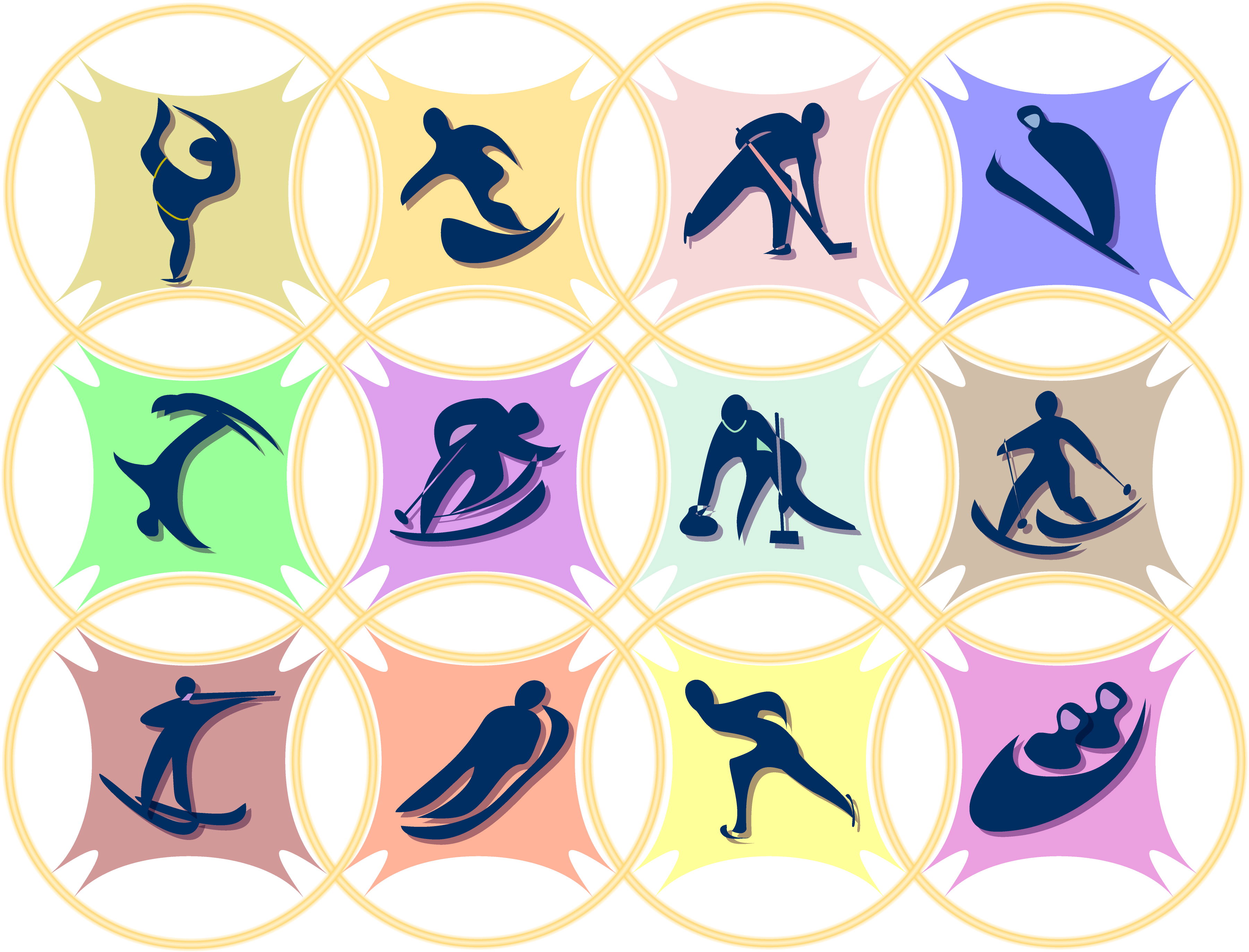
The modern Olympic Games or Olympics are leading international sporting events featuring summer and winter sports competitions in which thousands of athletes from around the world participate in a variety of competitions. The Olympic Games are considered the world's foremost sports competition with more than 200 nations participating. The Olympic Games are normally held every four years, alternating between the Summer and Winter Olympics every two years in the four-year period. Their creation was inspired by the ancient Olympic Games, held in Olympia, Greece from the 8th century BC to the 4th century AD. Baron Pierre de Coubertin founded the International Olympic Committee (IOC) in 1894, leading to the first modern Games in Athens in 1896. The IOC is the governing body of the Olympic Movement, with the Olympic Charter defining its structure and authority.